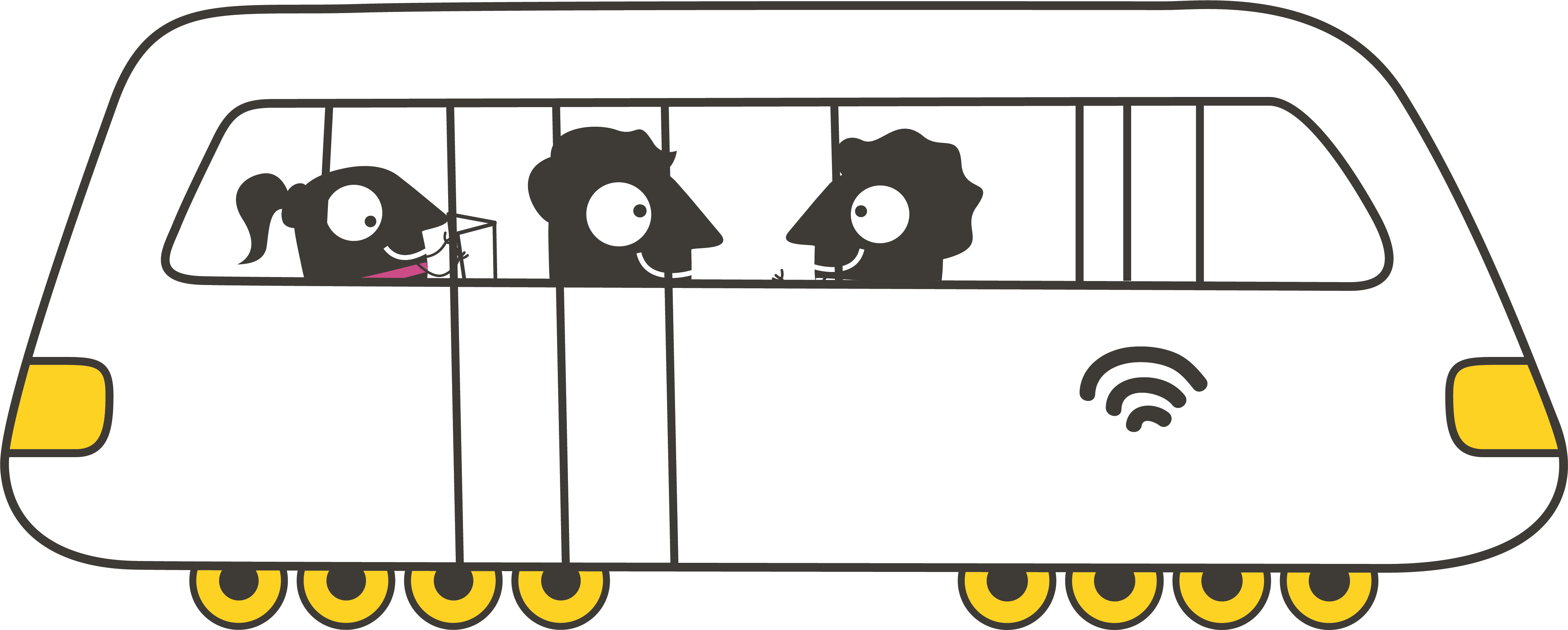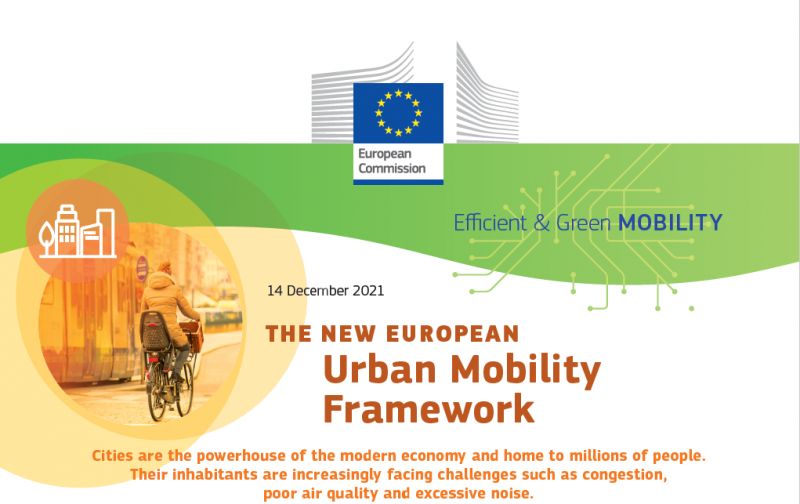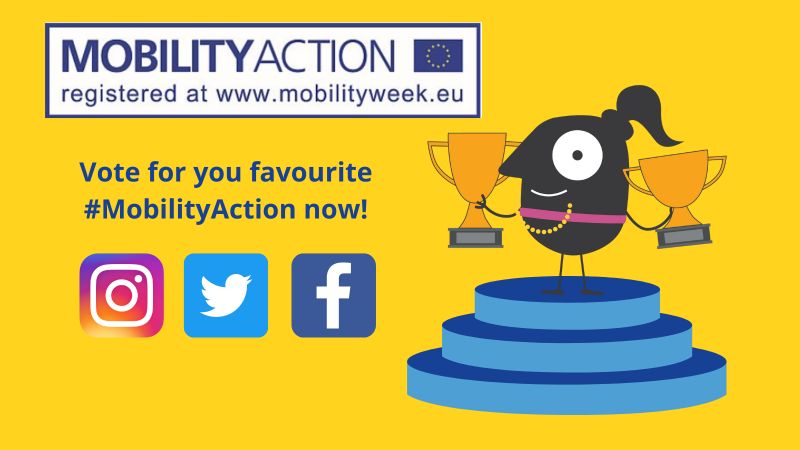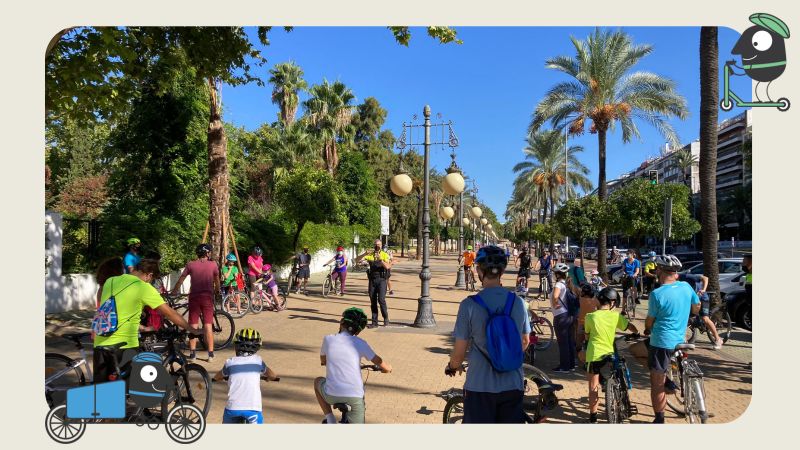Organising a successful EUROPEANMOBILITYWEEK campaign is no easy task; each country has its own unique approach and best practices. We sat down (virtually) with the Spanish National Coordination to discover how they have been able to build, maintain and grow successful participation throughout the years.
Who coordinates EUROPEANMOBILITYWEEK in Spain? What role does the Spanish National Coordination play in the EUROPEANMOBILITYWEEK campaign?
Since the origin of EUROPEANMOBILITYWEEK, the General Directorate of Environmental Quality and Assessment of the Ministry for Ecological Transition and Demographic Challenge has been the National Coordinator of EUROPEANMOBILITYWEEK in Spain. The Directorate is responsible for the promotion and coordination of this initiative and represents Spain in the European Coordination of the project.
The coordination of Mobility Week in Spain involves supporting local administrations to develop and implement the campaign in their towns and cities. Daily work includes developing communication techniques, disseminating information and news related to sustainable mobility, adapting and translating campaign materials, preparing detailed reports with participation data, managing the registrations of the campaign for Spain, providing companies and municipalities with assistance, organising events like photography contests and the National Awards, and much more.
The Spanish Coordination also maintains close cooperation with different actors related to mobility, such as the Ministry of Transport, Mobility and Urban Agenda, the General Directorate of Traffic, etc. A clear example of this coordination is the organisation of the National Mobility Week Awards in Spain, which was hosted jointly with the Ministry of Transport for the first time this year.
This year, the EUROPEANMOBILITYWEEK theme is ‘Safe and Healthy with Sustainable Mobility.’ How do you approach coordinating Mobility Week in Spain? In your experience, what theme has resonated the most?
We believe that the theme chosen for this year's campaign was a great success! The campaign’s focus on health brought attention to the adversities suffered by Europe - and the rest of the world - during the COVID-19 pandemic, in addition to providing an opportunity to reflect and change. Thus, this year, EUROPEANMOBILITYWEEK has celebrated the resilience of towns and cities, and their achievements.
As part of the Spanish National Coordination we organised, with the collaboration of the Ministry of Transport, a webinar focused on mobility and health. The webinar, which hosted almost 250 attendees, enlisted the participation of 16 professionals and focused on sectoral policies related to sustainable mobility, the National Recovery, Transformation and Resilience Plan, mobility and childhood, and best practices.
We believe that themes focused on walking and cycling continue to have a great impact in Spain. In 2019, the campaign theme focused on walking and cycling, and Spain experienced record participation (561 towns and cities). We believe that these two examples of active mobility will help us achieve a sustainable mobility culture. For this reason, the Spanish local authorities continue to implement permanent measures year after year that favour and promote active mobility.
In 2021, EUROPEANMOBILITYWEEK experienced a recording breaking number of registrations with 3,184 towns and cities registering their participation. Spain noted a remarkable 463 registrations, the most of any European Union member. What did you do to mobilise cities, towns and participants for this year’s campaign? Did you experience significant challenges related to the pandemic?
Since the campaign was first launched in Spain, we have sought to integrate different actors and stakeholders (cities, towns, companies, civil society, etc.) into the process. Therefore, the successes observed this year are partly the result of many years of work.
EUROPEANMOBILITYWEEK in Spain is organised like a pyramid, and includes autonomous communities and local entities as well as other national institutions such as the Ministry of Transport, Mobility and Urban Agenda, the General Directorate of Traffic, etc.
From the beginning, the Spanish Coordination has wanted to give added value to the implementation of permanent measures, even making them a mandatory participation criterion for some years. This explains the large amount of permanent measures implemented by Spanish municipalities over the years. We believe that Permanent Measures are the criterion that gives true credibility to this initiative, since its durability over time implies an evident transformation of our towns and cities into more liveable, safe and sustainable spaces for citizens.
Additionally, we created a charter to encourage the participation of companies, institutions, civil society organisations, etc., similar to the one for municipalities, allowing these entities to show their commitment to sustainable mobility.
In addition to having exceptional participation numbers, Spain’s media coverage of the campaign also stood out. What were the main discussion threads in local and national media?
Every year, the media tends to strongly represent EUROPEANMOBILITYWEEK in Spain, due to high participation numbers in our country. Although numerous national media outlets have highlighted the campaign as a whole, local media continues to stand out, describing the activities carried out and the permanent measures implemented in specific cities and towns such as provisional roadblocks, free public transport and fairs, and exhibitions.
What are your hopes for next year’s campaign?
In 2022, we expect an increase in active participation from municipalities, companies, institutions, social organisations and other entities, thus recovering the upward trend in Spanish participation before the pandemic.
We also hope to get more municipalities to implement permanent measures, integrating them into their Urban Mobility Plans. The implementation of these measures may play a key role in the decarbonisation of urban transport and in meeting the new WHO air quality standards. These permanent measures must aim to achieve a modal distribution that prioritises active mobility, in addition to reducing private motorised traffic and achieving increasingly cleaner public transport.
Finally, we hope to continue expanding our network of regional coordinators and to ensure that the social aspect of sustainable mobility becomes more important.
Image copyright: Image (Ministerio para la Transición Ecológica y el Reto Demográfico)




